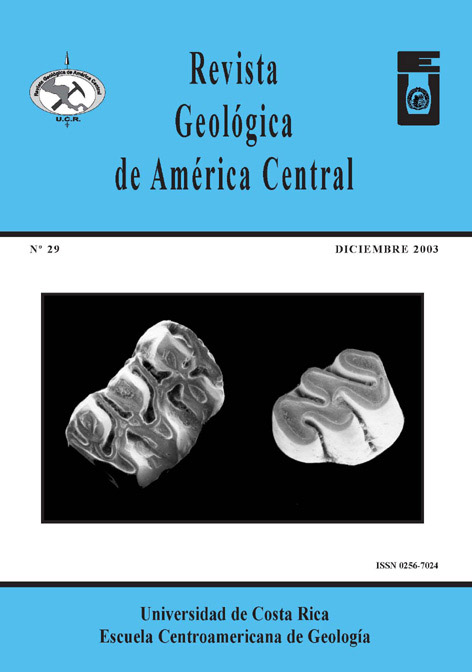Abstract
The main morphologic and textural features, and the geochemistry of the particles of gold frommarine placers from Mejías and Jiguaní beaches (Mayarí-Moa-Baracoa Ophiolitic Massif, northeast of Cuba) are described. This work aims to discuss the formation mechanisms (chemical accretion vs. mechanical accre-tion) and the primary sources of the gold. The particles of Au from both deposits are very fine, showing predominantly tabular shapes and occasionaly thin sheets or flakes. The particles exhibit complex internal textures,with concave and convex boundaries, as well as rotten grains. They are composed of subgrains of different com-position. Several subgrains display electrum, native gold and mercurial gold, and alloys of Au-Cu (tetra-auricu-pride) in the placer Jiguaní. Usually, these subgrains have alteration rims, consisting in a gold enrichment at theexpense of silver.The occurrence of subgrains of different composition within one particle, cannot be explained by a simple pro-cess of chemical accretion. On the other hand, these textures suggest that the particles originated from a process of mechanical accretion of gold particles, favoured by the malleability of this metal. The surfaces of separation of the subgrains have acted as planes of structural weakness, favouring the chemical alteration of theparticles. Observed textures indicate a multiepisodic process of formation.The chemical composition of the investigated auriferous particles reveals electrum (Au-Ag), native gold (Au)and mercurial gold (Au-Hg). In both placers the gold can be related to the presence of hydrothermal goldrichveins and breccias in the region. However, contribution of other possible primary sources, like ophiolitic rocks,listvenites and laterites, cannot be discarded.






